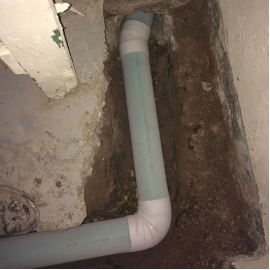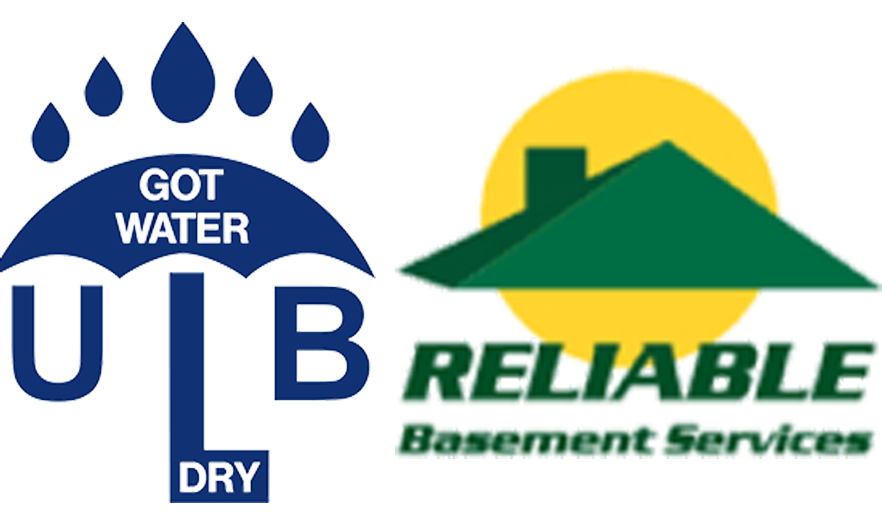
If you have a basement in your Elmhurst home, you’ve likely dealt with basement water leakage at some point. If you’re a proactive type of person, you’ve probably already done something about it. If not, you might be wondering: what can I do to make it stop?
There are a variety of things you can do to combat basement water leakage in Elmhurst, Illinois. We’re going to discuss the five most common solutions below:
1. Repair Foundation Cracks
In most cases, when water starts leaking into a basement, it’s due to the fact that there are cracks in the home’s foundation. As such, one of the best ways to reduce basement flooding is to repair any existing foundation cracks.
This is a simple process where fresh cement is injected into the crack. It can take place on either the interior or the exterior of the foundation, and it will prevent seepage through that crack for the foreseeable future.
Another benefit of foundation crack repair is improved structural integrity. The fewer cracks your foundation has, the stronger it will be.
2. Install a Sump Pump
If you want to reduce the risk of foundation cracks forming and prevent water levels from growing too high around your basement and foundation, you should install a sump pump. Sump pumps are responsible for pumping away excess water, ensuring that the water doesn’t end up inside the basement.
The sump pump is essentially like the beating heart of any basement waterproofing system. If there’s any one measure you’re going to take to prevent basement water leakage, installing a sump pump should be it.
3. Implement Drain Tiles
Another measure you should consider taking is implementing drain tiles. Drain tiles are essentially underground drainage pipes. They collect groundwater that comes in close proximity to the home’s foundation, and then filter that water away. As a result, they reduce the risk of foundation cracks forming, while also preventing flooding.
You can install drain tiles on the both inside and outside of a basement. Though one set of drain tiles will generally suffice, opting for both will provide optimal results.
If you’re interested in installing drain tiles, you can call your local basement waterproofing company. They will be able to carry out the task and make sure everything is installed as intended.
4. Grade Your Yard
In some cases, basement leakage occurs due to the positioning of the house in relation to the yard. For instance, if a home is positioned at the bottom of a hill, groundwater is naturally going to seep down toward it, applying pressure against the home’s foundation. This will result in regular foundation cracks, which will result in regular water seepage.
The solution? Grading your yard. To grade a yard means to reposition soil so that water pooling is kept to a minimum. For instance, by flattening the hill that leads to your home, you can significantly reduce pooling around your home’s foundation.
5. Install Downspout Extensions
One last option is to install downspout extensions. Downspout extensions are essentially long tubes that you connect to the ends of your downspouts. They add length to downspouts, ensuring that roof water is emptied far away from the home’s base.
Downspout extensions are some of the most affordable waterproofing solutions available. As such, if you’re operating on a small budget, they should be the first things you try.
Dealing with Basement Water Leakage in Elmhurst?
Basement water leakage can lead to a variety of different problems — from flooding, to mold growth, to musty smells, and more. Fortunately, by utilizing the tips discussed above, you can keep these problems to a minimum.
Looking to implement any of the waterproofing entities discussed in this blog post? In need of a basement waterproofing company in Elmhurst, Illinois? We here at ULB-Dry are ready to serve you.
Contact us today to learn more!





